
FLUX Asset and Wallets
Exchange and hold FLUX, and secure your funds with compatible wallets: Zelcore, SSP, & EckoWallet.
FLUX Asset
A fair-launched asset, FLUX is the lifeblood of the network, fueling ecosystem transactions and liquidity.
FLUX can be traded and staked, and used to purchase app deployments on FluxCloud and computing resources on FluxEdge.
FLUX is also distributed to FluxNode operators via block rewards as payment for securing the network.


Value
FLUX asset issuance is reinvested back into the ecosystem to fund growth and interoperability. 0.5 FLUX of every block reward is allocated to the Flux Foundation to fuel ecosystem grants and community growth initiatives.
Additionally, FLUX is interoperable with other blockchains via fusion swaps, allowing parallel assets to be traded across networks at a 1:1 ratio with no slippage.

Zelcore—Enabling Custody with Care
Flux Compatibility: Manage FluxNodes, track stock portfolios, and access Fusion and QuickSwap directly from Zelcore’s interface.
Payment Integrations: Utilize on/off ramps—including MoonPay and Topper—to buy and sell digital assets, and swap crypto to fiat.
Wallet Support: Support for Ledger and Trezor cold wallets, and WalletConnect, enabling access to 85+ blockchain networks.
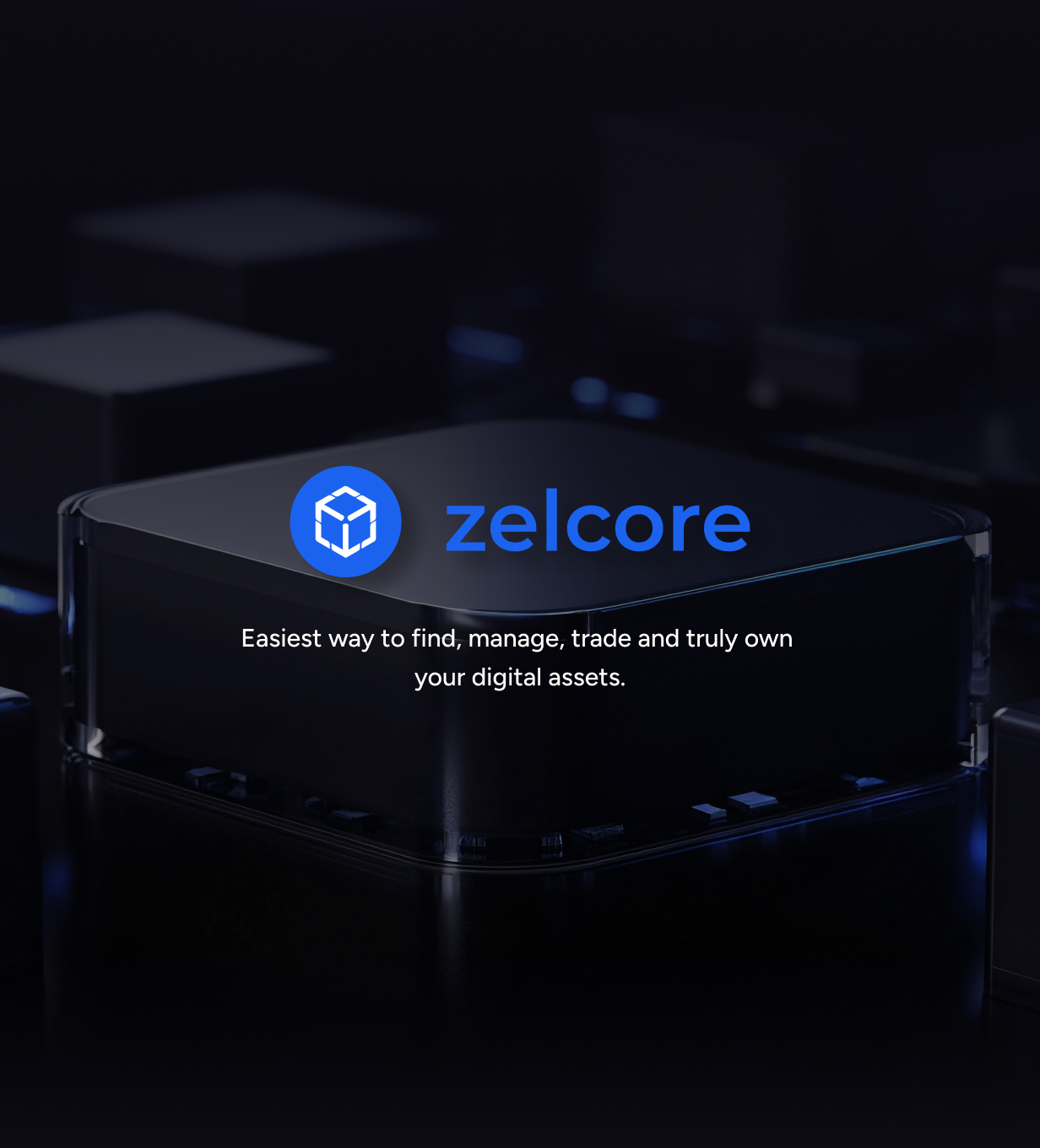

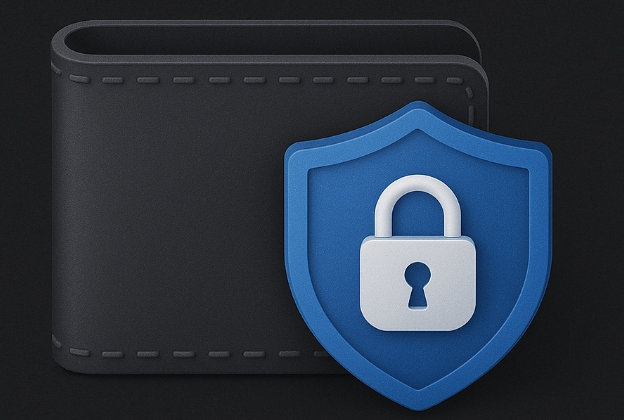

Zelcore Security Tips
Enabling decentralized 2-factor authentication (d2FA) on your Zel ID establishes a PIN requirement for wallet access and transaction signing.
Utilizing BIP-44 seed phrase accounts in Zelcore is best for securing long-term wallet holdings.
Using WalletConnect only with trusted DApps and pairing Zelcore with a cold-storage hardware wallet ensures multi-layered permissioned access.
SSP Wallet—Secure, Simple, and Powerful
Secure: SSP is non-custodial, features offline transaction routing, and offers on-chain multisig.
Simple: SSP combines the security of cold storage with the flexibility of hot wallets.
Powerful: Secure your crypto with zero network outages across 10+ blockchain networks.
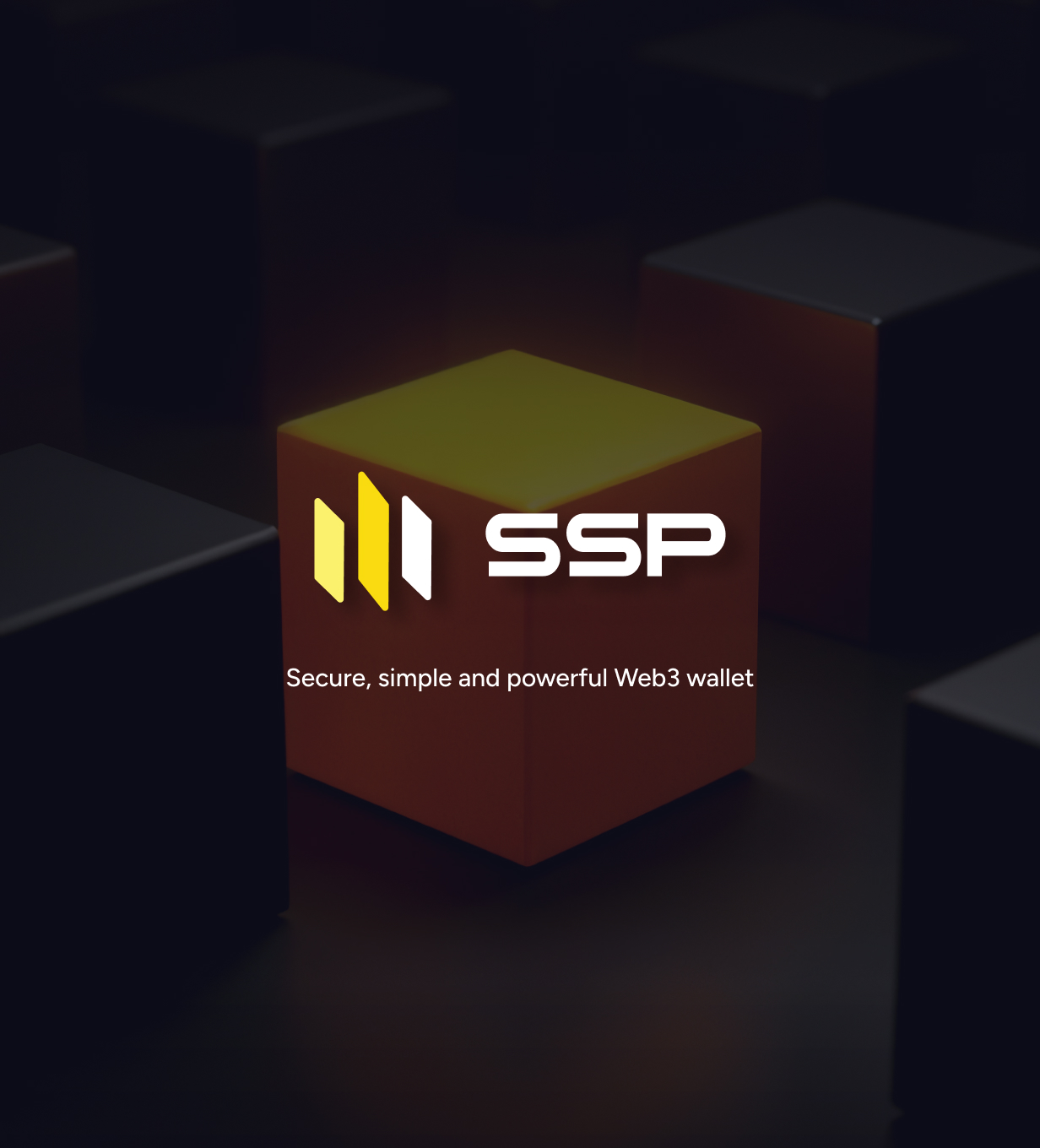

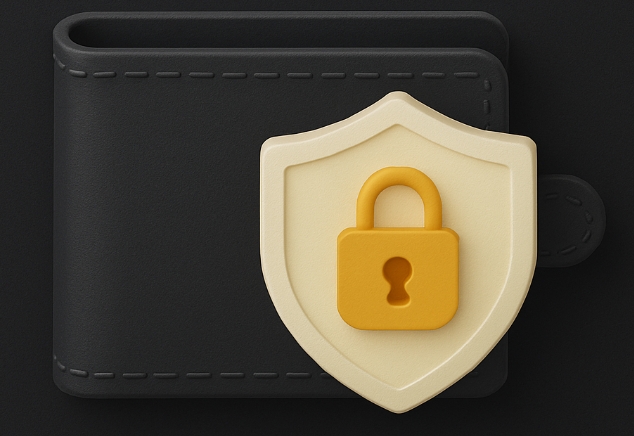

SSP Security Tips
Using SSP in its default multisig mode keeps transaction approvals separated across two devices, so if one is compromised, funds can’t be moved.
Assigning specific roles to each device, such as using one as a hot device for regular access and the other as an “approval key” kept offline, ensures consistent sign-in.
Creating distinct unlock methods for each device reduces correlated risk, and backing up each device’s key independently ensures both parts of the multisig can be restored.
EckoWallet—Supporting FLUX on Kadena
Batch Signing: Batch transactions and approve multiple signatures at once with the QuickSign API endpoint.
Interoperability: Execute automated cross-chain swaps with deep liquidity through EckoDEX.
User-Control: A non-custodial wallet with 2FA and signing approvals required for every DApp interaction.
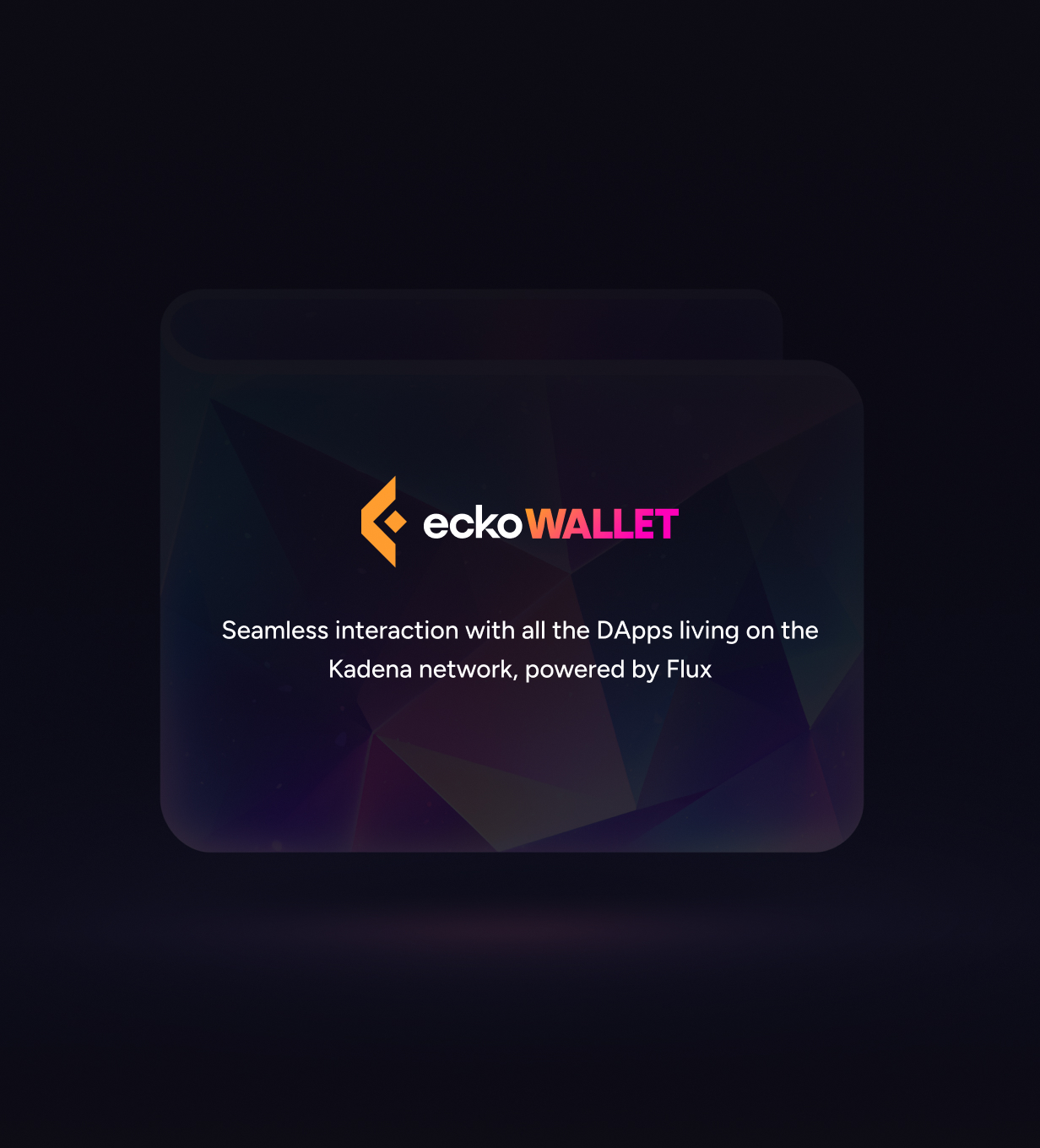



EckoWallet Security Tips
Generating a proper K account—Kadena single-key wallet accounts—enables sign-in authenticity across multiple blockchains.
Splitting on-chain activity across multiple K accounts can minimize footprints, such as using one account for DeFi activity and another for long-term storage.
Keeping the EckoWallet browser extension and mobile app up to date and clearing stale DApp permissions ensures receiving fresh security patches and maintaining complete control over your wallet.

